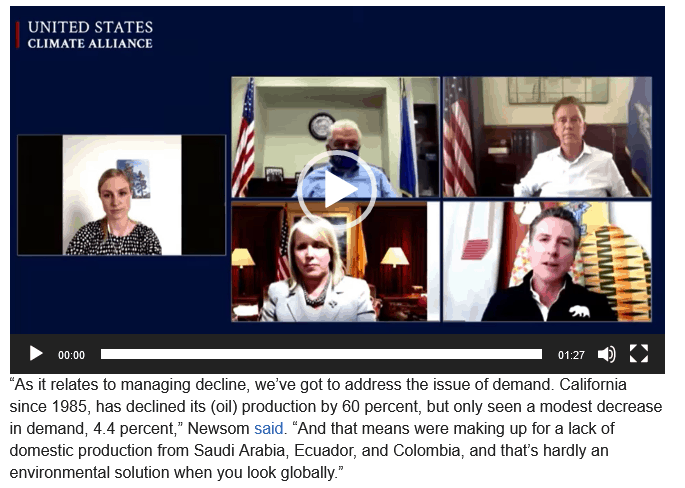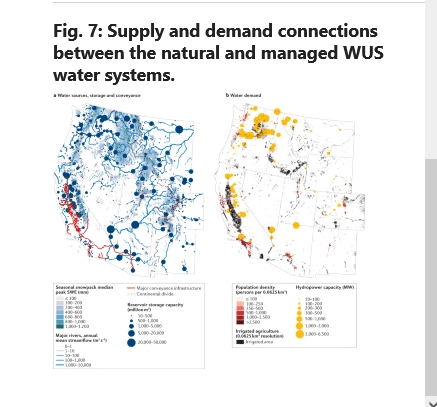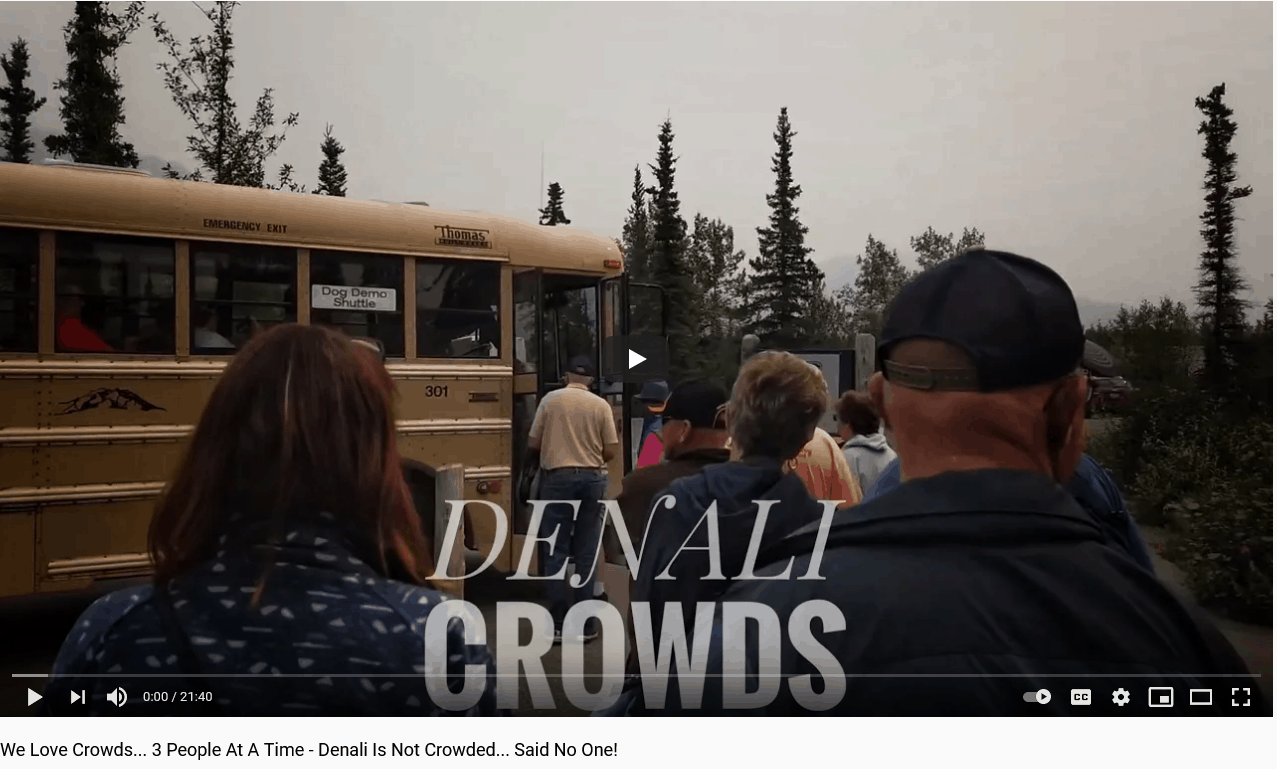 If you haven’t been following the Biden Administration federal lands oil and gas leasing situation, there was a promised oil and gas review due in “early summer” that hasn’t come out yet. Meanwhile a federal judge told the Administration that legally couldn’t hold up leasing indefinitely. Today there was a balanced and comprehensive story in E&E News that covers it. Best of all, there’s no paywall.
If you haven’t been following the Biden Administration federal lands oil and gas leasing situation, there was a promised oil and gas review due in “early summer” that hasn’t come out yet. Meanwhile a federal judge told the Administration that legally couldn’t hold up leasing indefinitely. Today there was a balanced and comprehensive story in E&E News that covers it. Best of all, there’s no paywall.
The Interior Department raised anxieties on all sides last night when it announced plans to resume oil and gas leasing on public lands while it appeals a court ruling that banned the Biden administration’s earlier leasing moratorium.
But Biden officials offered few details on where, or when, new leasing might occur — typically muted messaging for the administration on the fraught battle over the future of the federal oil program. That reticence has left lingering questions from oil allies, conservation groups and politicians interested in Biden’s management of the country’s stores of crude oil and natural gas.
The White House froze new oil and gas lease sales shortly after President Biden took office. That order was part of a larger plan to do a comprehensive review of the federal oil program in light of its contribution to climate change, potentially raising royalty rates to offset climate costs.
Biden officials promised an interim report on that review by early summer but failed to follow through. The delay has stoked further tension with Republican lawmakers opposed to the leasing freeze.
Interior’s announcement that it plans to fight the judge’s ban on the moratorium irked the Congressional Western Caucus, whose members accused Biden of “failing the nation” for the leasing freeze after recently asking OPEC to increase oil production to depress gasoline prices.
I do think the Congressional Western Caucus raises an interesting point. So far there have been two national “no”s to oil and gas, Keystone Pipeline, that impacted Canada (an ally), and oil and gas leasing on federal lands. And there have been two international “yeses”; the Nordstream 2 Pipeline from Russia to Germany and to OPEC to increase production. It seems like the Keystone and federal land ban were mostly symbolic in comparison, and response to pressure to do so from some ENGO’s. The environmental upside of higher gas prices is that they would decrease demand, but the social justice downside is that people with less money would suffer.
Governor Newsome made this statement last year:
“As it relates to managing decline, we’ve got to address the issue of demand. California since 1985, has declined its (oil) production by 60 percent, but only seen a modest decrease in demand, 4.4 percent,” Newsom said. “And that means were making up for a lack of domestic production from Saudi Arabia, Ecuador, and Colombia, and that’s hardly an environmental solution when you look globally.”
And yet in April decided to phase out oil and gas extraction in California “as part of nation-leading effort to achieve carbon neutrality.” All very puzzling. Anyway, back to federal leasing. Also puzzling to me was this response:
For many environmentalists, Interior’s announcement that it would continue leasing represented a capitulation on the one firm action Biden had taken to curb federal drilling.
“With the climate crisis smacking us in the face at every turn, it’s hard to imagine a worse idea than resuming oil and gas drilling on federal lands,” said Robert Weissman, president of Public Citizen, in a statement last night.
But the Biden Administration is under a court order to.. follow the law. I’m sure there are very smart lawyers advising appointees about exactly how far they can go (or how long they can wait) before being in contempt. And the Administration appealed the decision. So not sure exactly what Weissman expects them to do.
A spokesperson for Interior declined to provide a time frame for new lease sales.
Jeremy Nichols, climate and energy program director for WildEarth Guardians, said the agency seems to be saying that it will lean on its discretionary authority under federal law around leasing decisions to address these issues before leasing resumes.
“Leasing will only happen once Interior chooses to exercise its discretion to lease and accounts for the myriad shortcomings of the onshore and offshore oil and gas leasing programs,” he said in an email.
That stance promises to rile the opposition, which has been steadfast in insisting that the White House must lease under federal law, as well as under the judicial mandate to lift the moratorium.
“The Interior statement was revealing,” said Kathleen Sgamma, president of the Western Energy Alliance, the first group to sue over the Biden leasing moratorium in January. “Apparently, Interior leadership thinks they are above the law.”
Among the things I don’t understand is why it is taking so long to come up with the “early summer” report..the Biden Admin has many smart, knowledgeable, and experienced people who have been thinking about this for years. They can call on anyone in the country. They have all the lawyers you could want to check on the legality. As Secretary Haaland said in May, “Everyone’s been working really hard on it. We expect to have it released in early summer.”
They don’t have to do an EIS or get public comment. So what’s holding it up?
And Mark Squllace’s take:
Mark Squillace, a natural resource law expert at the University of Colorado Law School, said the administration is going to increase royalty rates and fees, alongside other drilling restrictions. That will increase revenues in the near term while depressing some public oil development in the long term.
But the administration has bigger fish to fry when it comes to climate action, he said, noting that the industry is overwhelmingly located on private land and there isn’t much to be done about the large amounts of public land held by industry already.
“I don’t think that oil and gas development on public lands will be the sword that the administration is prepared to die on,” he said.
But back to the domestic oil and gas workers. The fine folks of OPEC countries (of questionable human rights, and environmental regulations) are preferable to our own workers and regulations for producing the oil and gas products we use everyday? Not a socially just, nor environmentally beneficial, solution.







